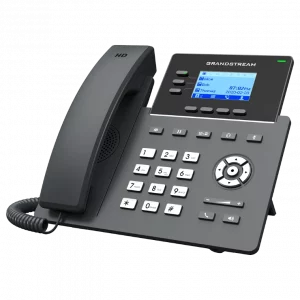SIP Trunking Acronyms Explained

Random letters or SIP trunking acronyms?
Many industries develop languages of their own. The medical field has it’s own jargon. Legal lingo is frequently incomprehensible to the lay person and I can’t figure out what my mechanic is talking about half the time. The technology field, particularly telecommunications technology, is no different. Our specialty is acronyms. While acronyms are a useful way of quickly and precisely communicating information to people who are familiar with them, they can leave the uninitiated confused and turned off. So, here are a few non-technical explanations of acronyms related to SIP trunking. (See that? Can’t even bring up the subject without an acronym.)
SIP – Session Initiation Protocol
Session Initiation Protocol (SIP) is communications protocol used for conducting multi-media communication like voice and video calls using Internet networks. It controls messages that are sent between various devices on the network and manages establishment, termination and other elements of the call. It is also used for other applications like sharing presence information, internet based fax, gaming, streaming media, video conferencing and instant messaging. SIP trunking leverages session initiation protocol to provide an alternative to traditional carrier provided telephone lines.
PBX – Private Branch Exchange
A PBX is probably what you think of when you imagine a business telephone system. They are used by private parties to concentrate central office telephone lines and provide intercommunication between all of the telephones in an organization. Although they were originally implemented to cut the cost of telephone service using the central office lines, they evolved to include new services such as call forwarding, extension dialing, ring groups and eventually voicemail. The latest PBX technology is called IP PBX (Internet Protocol Private Branch Exchange). It combines traditional PBX functionality with the customer’s managed intranet to help reduce long distance expenses and utilize a single network for voice and data.
VoIP – Voice Over Internet Protocol
Voice over Internet Protocol (VoIP) is a group of technologies that work to deliver voice and other multimedia sessions over Internet Protocol (IP) networks, most commonly the Internet. SIP trunking is one method of achieving VoIP, others include the public Internet and private point-to-point networks.
PSTN – Public Switched Telephone Network
The public switched telephone network consists of the world’s circuit-swtiched telephone networks that are operated by local, national or regional telecommunications providers. The PSTN is the infrastructure on which public telephone services are based. It is the reason that any telephone in the world can call any other. It includes telephone lines, transmission links, undersea telephone cables, transmission links, cellular networks and more. SIP trunking uses the Interent, rather than traditional telephone lines to connect calls to the PSTN.
PRI – Primary Rate Interface
Primary rate interface (PRI) has been the standard for providing telecommunication services to offices. In the US, it is based on the T-carrier (T1) line which consists of 24 channels. Businesses traditionally purchased PRI lines from telecommunication carriers with enough T1 lines to accommodate the anticipated number of current inbound and outbound calls. The PRI lines connect calls to the PSTN. SIP trunking is an alternative to the PRI lines that many businesses find expensive and limiting because they must be purchased in groups of 24 channels.
These are some of the most common, but certainly not the only acronyms used in the SIP trunking industry. Please add a comment if there are other acronyms, or any type of industry jargon that you would like us to explore in a future blog.


